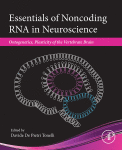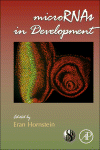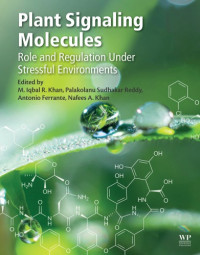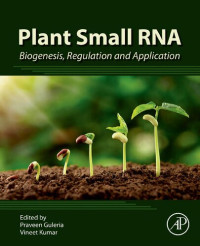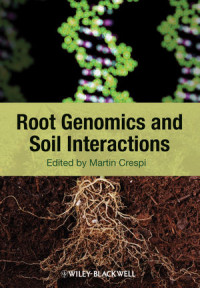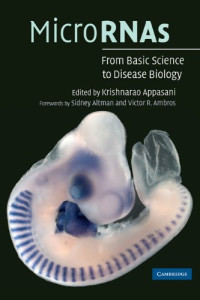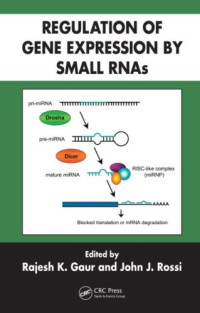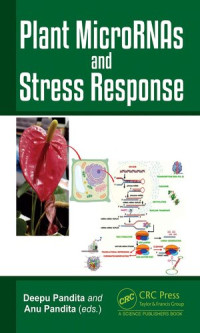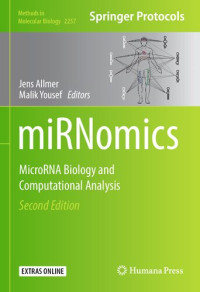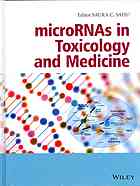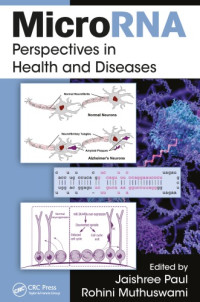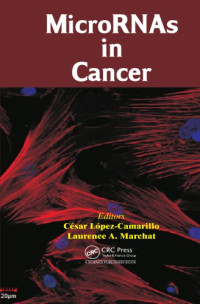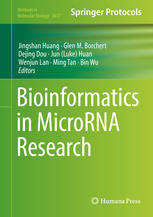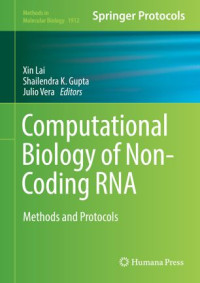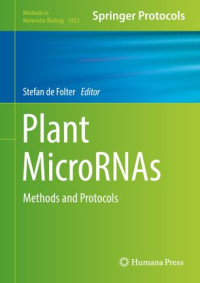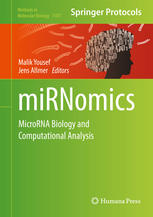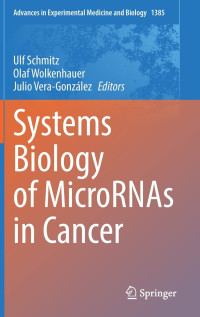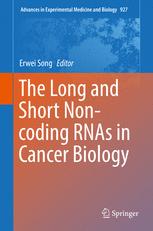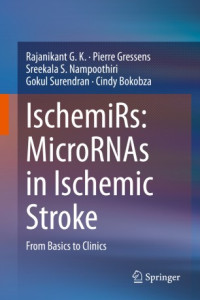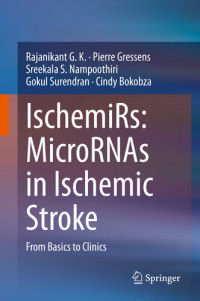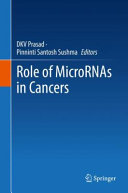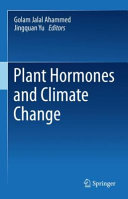
miRNAomics and Stress Management in Plants
Peerzada Yasir Yousuf, Peerzada Arshid Shabir, Khalid Rehman Hakeem
Plants, being sessile, are negatively affected by the biotic and abiotic (environmental) stresses, reducing plant growth, productivity, and quality to a larger extent. Plants have evolved different physiological, biochemical, and molecular mechanisms to combat these stress conditions to maintain their growth, development, and productivity. Understanding the mechanisms involved in the plant response to stress conditions is the foremost step in the development of stress-tolerant plants. One of the important adaptations to stress conditions is the precise and fine regulation of gene expression in both time and space. Although gene regulation occurs at different levels through different mechanisms, the most crucial is at the level of transcription. One of the important post- transcriptional gene regulatory mechanisms used by the plants to restore and maintain cellular homeostasis during the stress conditions are microRNAs. MicroRNAs, a group of approximately 22-nucleotide-long, non-coding RNAs, have recently been identified as a new class of regulators governing gene expression at the post-transcriptional level. MiRNAs can silence genes either by guiding the degradation of the target mRNAs or by repressing the mRNA translation. Plant miRNAs have been demonstrated to regulate many genes involved in various developmental processes, for example, auxin signaling, organ polarity/radial patterning, developmental transitions, and secondary metabolism regulation. Moreover, increasing evidence indicates the role of plant miRNA-guided gene regulation in response to biotic and abiotic stresses. High-throughput sequencing approaches have significantly elucidated the identification and functional characterization of numerous miRNAs in plants. Understanding the role and mechanism of action of miRNAs during abiotic and biotic stresses can potentially offer new approaches to improve plant growth and productivity. This unique book covers the different aspects of plant microRNAomi
Year:
2024
Language:
english
File:
PDF, 2.66 MB
IPFS:
,
english, 2024
 Amazon
Amazon  Barnes & Noble
Barnes & Noble  Bookshop.org
Bookshop.org  File converter
File converter More search results
More search results More benefits
More benefits 